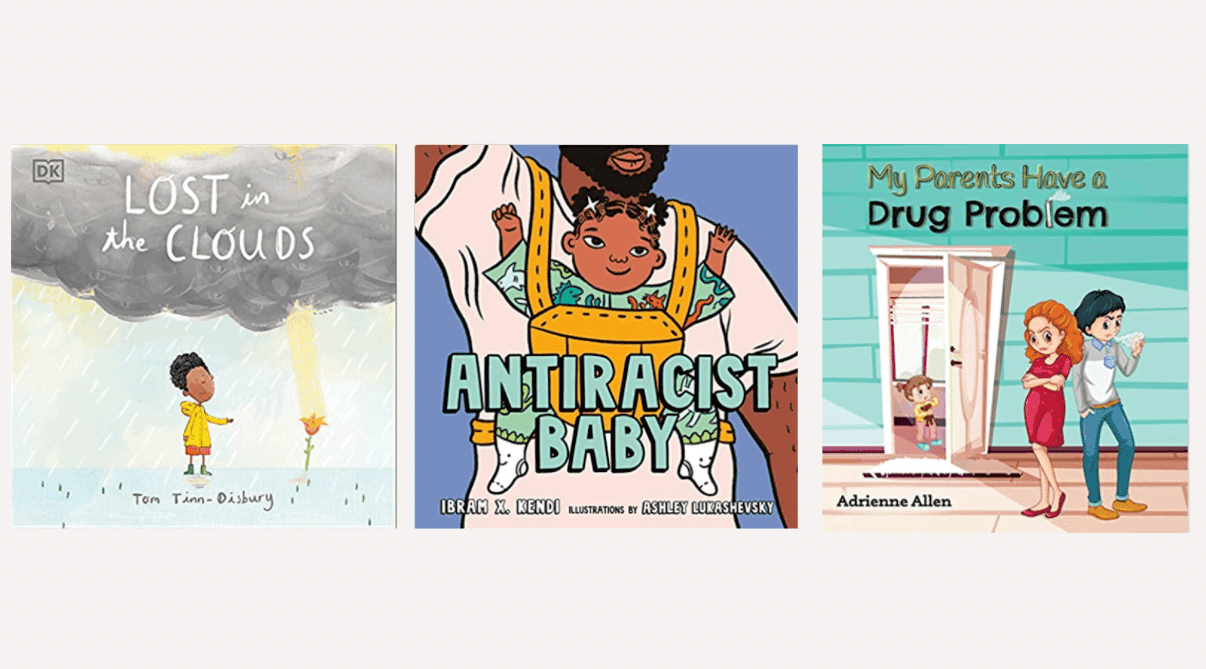These 40 books for kids will help you navigate tough topics

Motherly
Parenting is tricky, but these books will help start important conversations in your family.
There’s no sugar-coating it: parenting can be tough on an average day. Throw in a curveball, like bullying, the death of a loved one, or school shootings, and even the most experienced parent is sometimes at a loss for words. But a good book, especially one that tackles tough topics for kids, is one way to help your child makes sense of the world around them.
Related: 15 TV shows about kindness for kids
While books don’t solve everything, they are a place to turn to for information, suggestions and those words we can’t quite articulate ourselves. They are also a way to start important conversations from a young age and can offer a way to heal in even the hardest situations. We’ve collected books that introduce tough topics for kids of all ages and the grown-ups in their life.
Add these to your child’s bookshelf today!
A version of this post was published March 4, 2022. It has been updated.













































































